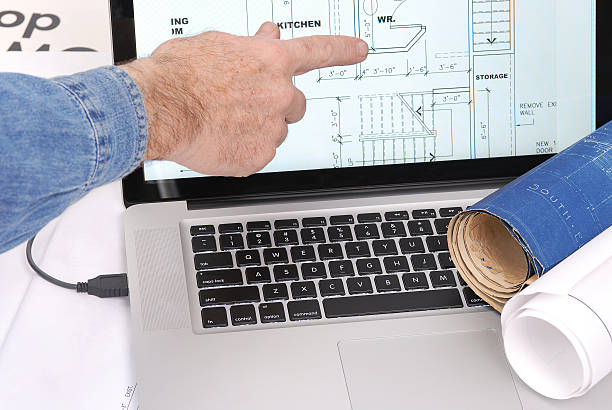Cad has transformed the way we create and visualize everything from everyday products to complex structures. At its core, Computer aided design uses software to design, modify, and analyze objects in 2D or 3D, streamlining the design process across industries like architecture, engineering, and manufacturing.
The History of CAD
CAD’s origins date back to the 1960s, when early systems were developed for military and aerospace applications. Over the decades, CAD technology has evolved, with modern software offering intuitive, powerful tools that help designers and engineers work more efficiently and accurately. Today, programs like AutoCAD, SolidWorks, and Fusion 360 are ubiquitous in industries worldwide.
Why Cad Matters
Computer aided design enables precision and efficiency that manual drafting simply can’t match. It allows designers to visualize products before they’re made, minimizing errors, reducing costs, and speeding up production. Beyond simple design, CAD also supports simulations, stress testing, and other analyses to ensure products function as intended.
CAD in Action
- Architecture: computer aided design is used to create detailed blueprints and 3D models of buildings, helping architects visualize structures and make necessary adjustments before construction begins.
- Engineering: Engineers uses Computer aided design to design everything from cars to medical devices, ensuring parts fit together seamlessly and meet safety standards.
- Manufacturing: CAD enables manufacturers to design parts and prototypes, streamline production processes, and reduce waste through 3D printing and other advanced technologies.
The Future of CAD
As Computer aided design technology continues to advance, it’s integrating with tools like Virtual Reality (VR), Augmented Reality (AR), and Artificial Intelligence (AI) to create more immersive and intelligent design experiences. The rise of cloud-based software also means that teams can collaborate more easily, regardless of location.
In conclusion, Computer aided design has reshaped design and manufacturing, offering new opportunities for creativity, precision, and innovation. Whether you’re an architect, engineer, or designer, CAD is your essential tool for turning ideas into reality.


